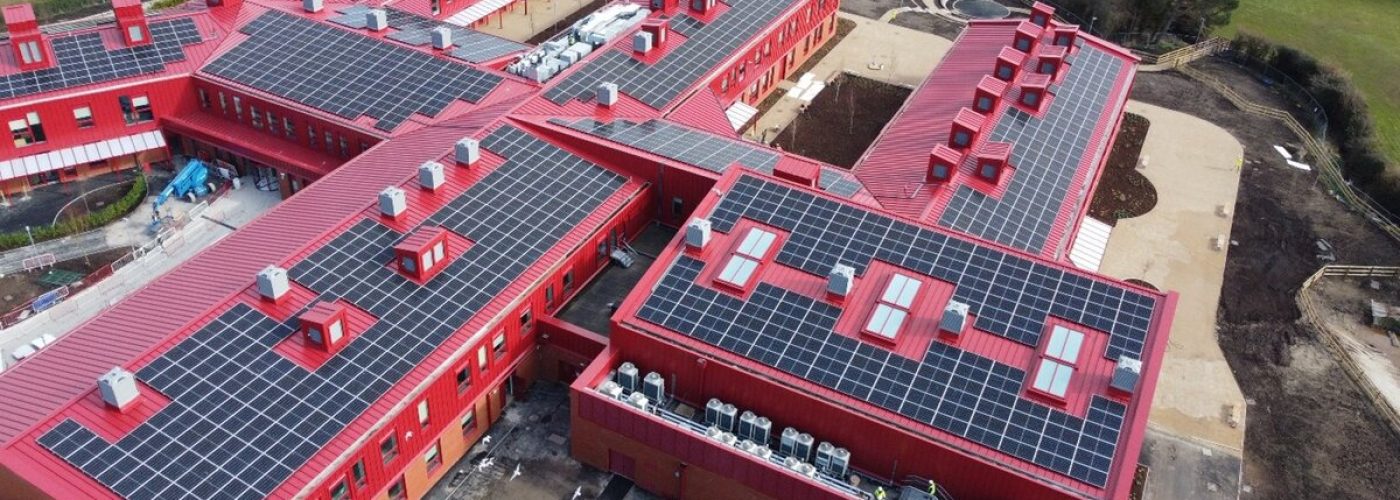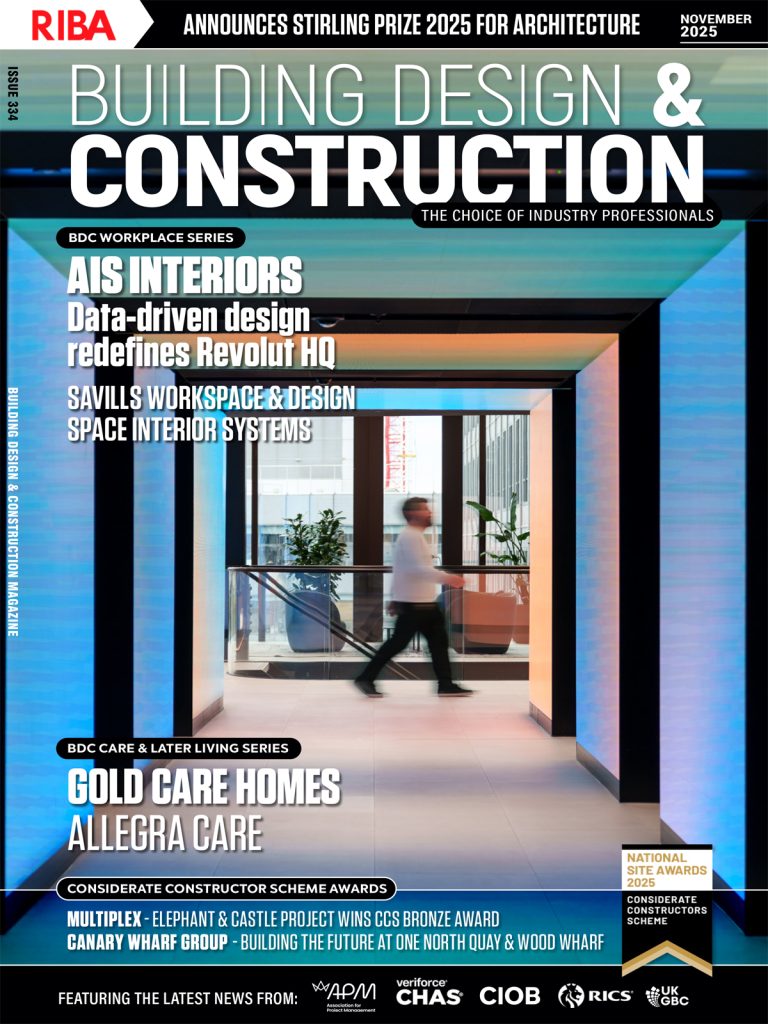Global development consultancy, Arup, has designed a pioneering Net Zero Carbon in operation (NZCio) Welsh school campus using performance modelling technology from global climate tech firm, IES. IES’s Virtual Environment (VE) dynamic modelling software played a central role in the design of the Mynydd Isa Campus, helping to reduce carbon emissions by over 100 tonnes per year.
Designed in 2023 and completed in 2025, the two-storey, 10,500m² campus meets Building Research Establishment Environmental Assessment Method (BREEAM) ‘Excellent’ standards, reflecting strong performance across areas such as energy use, materials, water and occupant wellbeing.
The IESVE software was used to assess and refine energy performance, taking into account overheating risks under various climate scenarios, including typical years, warm summers and prolonged heatwaves.
The solutions included installing more than 1,000 solar panels, which are expected to generate over 500,000 kWh of electricity each year. This enables the building to produce as much energy as it consumes. To manage comfort, a complex cross-ventilation chimney concept and a ‘traffic light system’ in classrooms is used to alert teachers to open/close windows. The project also made a 25-year performance commitment to ensure the building remains efficient and resilient to future climate conditions.
Niall Gibson, Building Performance Specialist at IES, commented, “This project exemplifies how performance modelling technology can deliver on multiple fronts – achieving Net Zero Carbon in operation, supporting BREEAM ‘Excellent’ certification, and closing the gap between design and real-world performance.
“Rising heat is putting huge pressure on infrastructure that was never designed for these conditions. This isn’t about futureproofing; it’s about catching up with a crisis that’s already here. If we’re serious about tackling climate change, making existing infrastructure more resilient, efficient, and climate-ready must be a national priority. We’re proud to support Arup in delivering a school that sets the standard for future-proof public buildings.”
Steven Burrows, associate building physics engineer at Arup, said, “I feel honoured to have worked on this project from the very beginning and take it through to completion. IESVE modelling played a significant role in the design of the scheme – from developing the complex cross ventilation chimney concept to achieving Net Zero Carbon in operation (NZCio). It’s an incredible achievement that the building generates as much energy as it will consume over the course of a year.”
The campus provides nursery, primary, and secondary education for more than 1,300 pupils. As local authorities and design teams face increasing pressure to decarbonise public infrastructure, the Mynydd Isa project highlights the vital role of whole-life performance modelling and trusted simulation tools in designing and delivering buildings that truly meet net-zero commitments.
Learn more about the project and IES’s pioneering technology here: https://www.iesve.com/discoveries/view/55765/arup-mynydd-isa
Building, Design & Construction Magazine | The Choice of Industry Professionals





